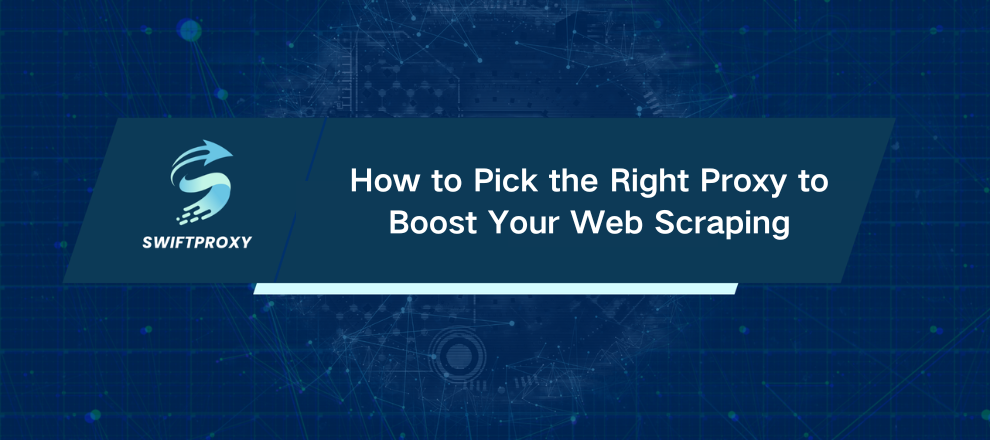How to Pick the Right Proxy to Boost Your Web Scraping

Web scraping can feel like a game of cat and mouse. One moment you're pulling data effortlessly; the next, your IP is blocked, your requests throttled, or your accounts flagged. What's the secret sauce to staying ahead? Proxies. Specifically, knowing when to use static proxies—and when to switch gears to rotating ones—can make or break your project.
Let's cut through the noise. Static and rotating proxies each have distinct strengths and pitfalls. Choosing the right one isn't just about tech specs; it's about matching the proxy to your specific business goal, target websites, and scale. Ready to dive in?
The Overview of Static Proxies
Static proxies stick with one IP address. No surprises here—the IP doesn't change. This stability is a blessing when you need a consistent digital identity.
Where static proxies shine:
Network security and testing: Simulate traffic from fixed locations. Identify vulnerabilities without risking your real IP.
Account management on classified ads or e-commerce: Manage multiple accounts without raising flags, thanks to the consistent IP.
Gaming and streaming: A stable IP means fewer interruptions and access to geo-locked content.
Geo-targeted tasks: You can pick IPs close to your target server for speed.
But watch out for:
Scalability limits: You're confined to fewer IPs. If you hammer a site with many requests from the same IP, expect blocks.
Lower anonymity: Since the IP doesn't change, sites may track or blacklist you, especially if it's a known data center IP.
The Overview of Rotating Proxies
Rotating proxies switch IPs automatically—sometimes every few seconds. This constant shuffle builds anonymity and lets you bypass many anti-scraping defenses.
Best uses for rotating proxies:
Web scraping at scale: Bounce between IPs to dodge rate limits and IP bans.
Ad verification: Use residential or mobile IPs to validate ad campaigns across regions and detect fraud.
Market research: Access geo-restricted sites and gather diverse customer data without restrictions.
Social media management: Run multiple accounts and reach location-specific content without triggering suspensions.
Downsides to keep in mind:
Potential reliability issues: IPs might vary in quality. Frequent switching can sometimes disrupt sessions.
Detection risk on tough sites: Advanced anti-bot tech can still spot and block rotating proxies, especially datacenter ones.
How to Choose Between Static and Rotating Proxies
Here's a quick checklist to guide your decision:
Your task: Need stable sessions? Go static. Scraping massive data or verifying ads? Rotating's your friend.
Website defenses: Some sites block data center IPs aggressively—rotating residential proxies might be necessary.
Budget: Static proxies often cost less and require less maintenance. Rotating proxies demand higher investment but offer scale.
Performance needs: Stability vs. scalability — pick what aligns with your priorities.
Security and compliance: Ensure proxies comply with target sites’ terms and protect sensitive data.
Unlocking Proxy Benefits for Your Business
Both proxy types boost your operations by:
Enhancing security: Shield your network from attacks and hide real IPs.
Improving performance: Cut load times and balance traffic intelligently.
Expanding access: Get around geo-blocks and tap into competitor data.
Maintaining anonymity: Keep your digital footprint clean for sensitive tasks.
Best Practices for Proxy Use in Web Scraping
Don't just plug in proxies and pray. Follow these rules:
Set reasonable request rates: Avoid overwhelming sites and triggering blocks.
Rotate IPs thoughtfully: Even with static proxies, don't overuse a single IP.
Respect privacy and legal boundaries: Don't scrape personal or forbidden data.
Regularly monitor proxies: They can degrade or get blacklisted over time.
Use proxy management tools: Automate IP rotation, retries, and error handling.
The Bottom Line
Choosing the right proxy isn't guesswork—it's strategic. Match the proxy type to your goals, and watch your web scraping projects thrive instead of struggle.

















































